The Bureau of Reclamation (BOR) has released its draft supplementary environmental impact statement (SEIS) for short term management of the Colorado River which effects Lake Powell and Lake Mead as well as millions of users. Several documents play a roll in the management of these bodies of waters such as the 2007 interim guidelines, which will be updated in 2026, 2016 long term experimental management plan, 2019 drought contingency pan and several other emergency drought contingency plans. This DSEIS that is open for public comment now will provide operating instructions through 2026 and would begin October 1, 2023. Proposed was the no action alternative that would keep management the same, and two other management options, Alternative 1 and Alternative 2. We’ve prepared an action alert that make it easy for you to send a comment into the BOR to share your support for better managing of lake levels. Comments are due May 30, 2023.
Full Briefing:
The Path to 3588′ was not made into it’s own alternative however BOR did incorporate elements of this plan into the the proposed alternatives. The two alternatives are very similar with the main difference being that Alternative 1 prioritizes senior water right holders and their reductions while Alternative 2 makes the same reductions for all water right holders which is what the Path to 3588′ proposed with the addition of making the same reductions throughout the entire Colorado River Basin. We support Alternative 2 because protecting the overall system will ultimately protect senior water right holders.
Bureau of Reclamation recognizes recreation as an important stakeholder and interest in this process. This recognition is a huge win for our users and shows that our voices have been heard as the Path to 3588′ has been considered.
The plan currently has three tiers, depending on snow melts and precipitation levels the tiers mandate how much water needs to be released through the dams. The two alternatives proposed still have three tiers just at different amounts as you can see below. Alternatives 1 and 2 have the same balancing tier.
All Alternatives: The Mid-Elevation Tier would predict at the beginning of the year, if the Lake Powell levels will be between 3,525-3,575, 7.48 maf would be released if Lake Mead levels are predicted to be at or above 1,025. If Mead’s levels are predicted to be less than 1,025 then 8.23 maf will be released from Powell.
Alternative 1: releases between 6.0-8.23 when below 3575 with lower releases to keep at 3,500 ft.
Lower elevation tier: “When the projected January 1 Lake Powell elevation is below 3,575 feet, an initial annual release in the amount of 6.0 maf would be set from Lake Powell.” Unless the April study projects above 3,575then 8.23 may would be released if its below it would be 7.48 max
Alternative 2:
“Action Alternative 2 models releases between 6.0 maf and 8.23 maf from Lake Powell when it is below 3,575 feet, with potentially lower releases to preserve an elevation of 3,500 feet”
“Action Alternative 2 models progressively larger Lower Basin reductions as Lake Mead’s elevation declines and models larger Lower Basin reductions in 2025– 2026 as compared with 2024.”
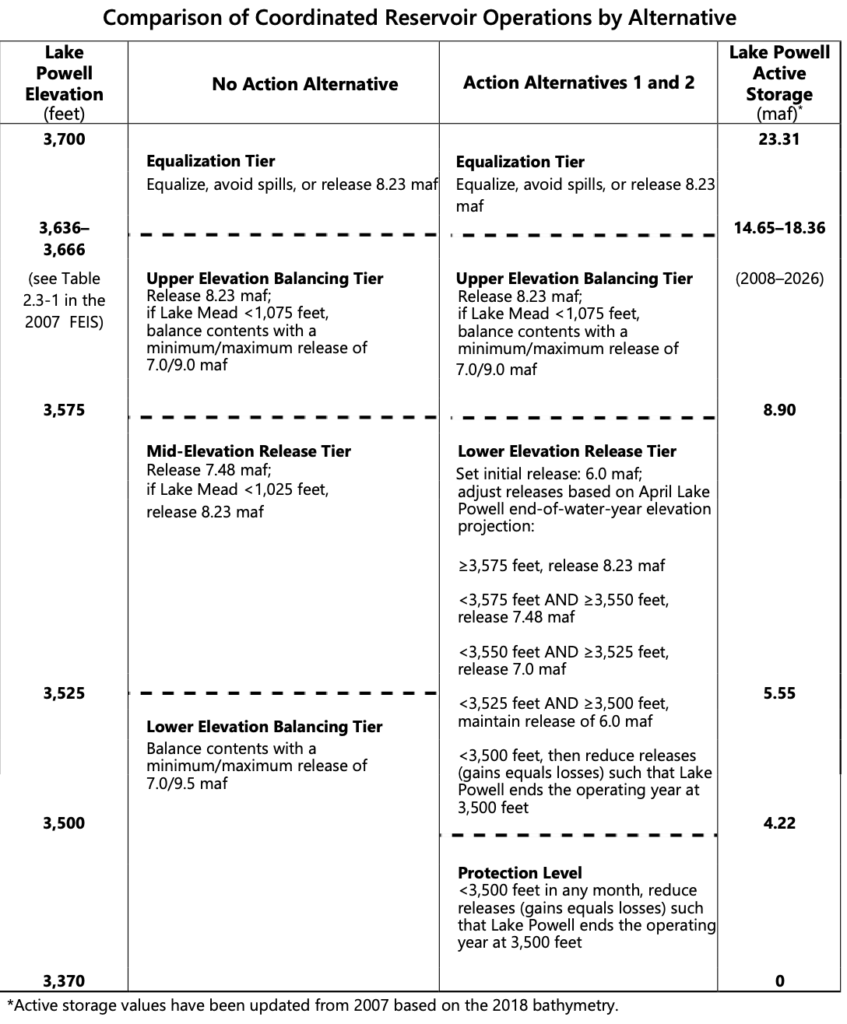
There aren’t major differences between Alternatives 1 and 2. Alternative 2 analyzes larger shortages across the lower basin. The proposal does allow for a mid-year review to adjust the operational tier which would be beneficial as of now there is no such review.
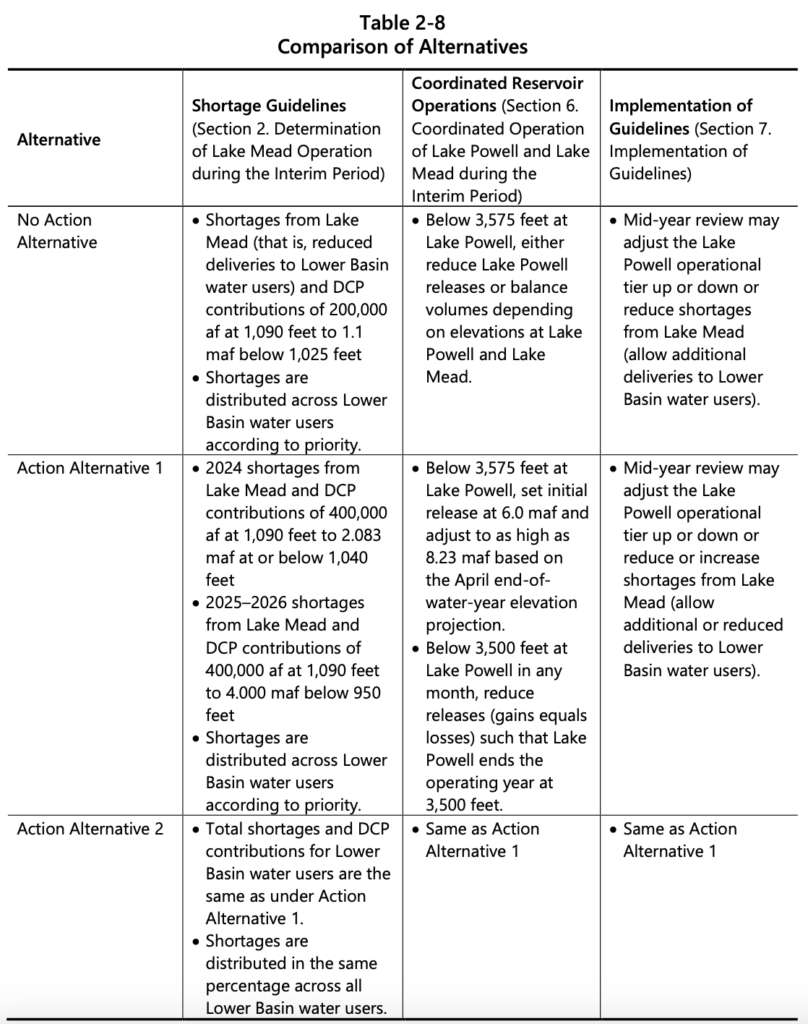
Recreation:
“100,000-af increase in Lake Powell volume over a year was associated with 5,280 additional recreational visits to Lake Powell and $374,000 in additional visitor spending in tourism-related sectors in Coconino County, Arizona. The Lake Powell volume- visitation and volume-spending models imply the average visitor to Lake Powell spends $71”. “Based on communication with the NPS, the State of Utah believes recreational access to Lake Powell contributes up to $8 million to the state’s economy.”
Rafting and fishing will hardly be affected because of minimum flow requirements
According to the DSEIS, effects to economic contributions will be the same no matter the action alternative selected for recreation.
Meetings:
- Thursday, May 4, 2023, at 5:30 – 8 p.m. Mountain time
- Registration Link: https://swca.zoom.us/webinar/register/WN_X-04hT1hSbut5O8MRkvPcg
- Dial-in Options: (720) 928-9299 or (602) 753-0140
Webinar ID: 996 0050 5024
- Monday, May 8, 2023, at 9:30 a.m. – noon Mountain time
- Registration link: https://swca.zoom.us/webinar/register/WN_kwekr3bDSxCObn7o8QI7iA
- Dial-in Options: (720) 928-9299 or (602) 753-0140
Webinar ID: 969 2718 6484
- Wednesday, May 10, 2023, at 5:30 – 8 p.m. Mountain time
- Registration link: https://swca.zoom.us/webinar/register/WN_Fil5uaL7Tj6mw5CFeI3p9Q
- Dial-in Options: (720) 928-9299 or (602) 753-0140
Webinar ID: 945 5762 5742
- Tuesday, May 16, 2023, at noon – 2:30 p.m. Mountain time
- Registration Link: https://swca.zoom.us/webinar/register/WN_X_VmHK4TQmOzSp2Q7W0Meg
- Dial-in Options: (720) 928-9299 or (602) 753-0140
Webinar ID: 953 3249 2376

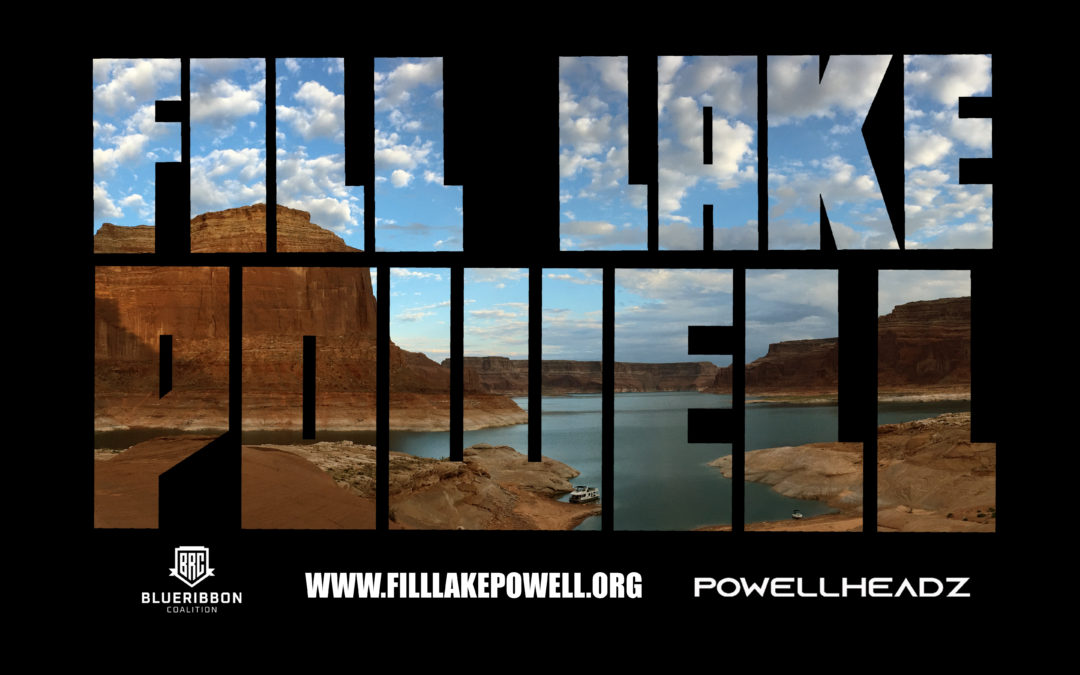


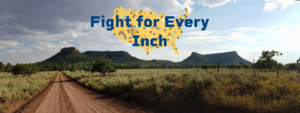
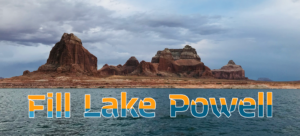

Please use the reservoirs as they were intended to be used. Storage of water is paramount to safe and effective ways for these reservoirs to be used. Storage during abundant years is a no brainer. Egual percentage cuts to all users makes more sense than anything else.
We love lake Powell and want to keep the level at 3588
The level of Lake Powell at an elevation where the boat ramps can be used is not a hard chore if a little thought goes into doing so. There are hundreds of us who have hundreds of thousands of dollars invested in house boats that we can’t even use if the level gets below 3525′. This reservoir was built to store water so do it. By managing releases there can be a low level maintained to accomplish this.